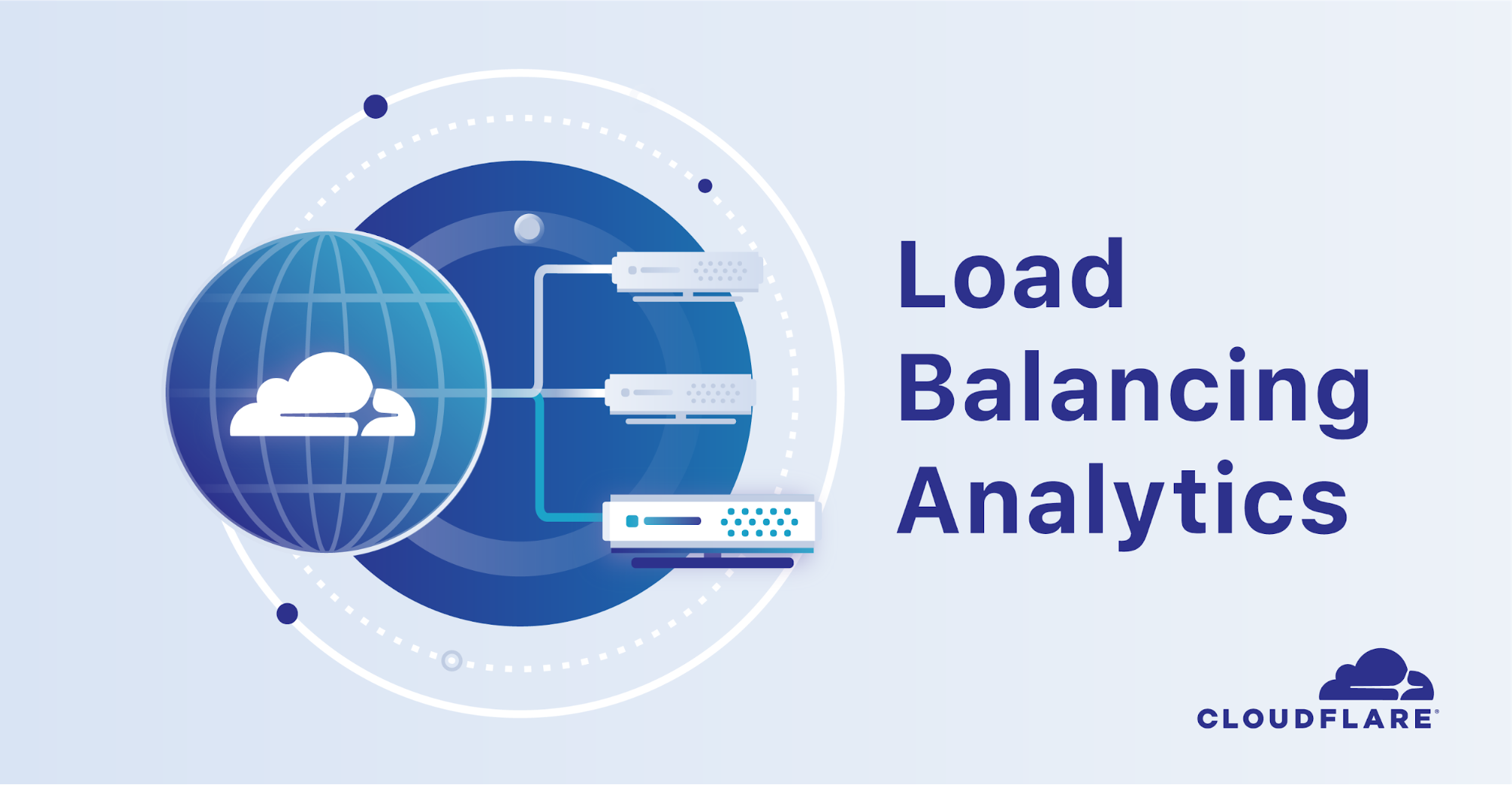Network inventory: what do you have, and should it be there?
How do you defend what you don’t know exists? In IT, this is more than just an existential question, or fuel for a philosophical debate. The existence of a complete network inventory—or the lack thereof—has a real-world impact on an organization’s ability to secure their network. Establishing and maintaining a network inventory is both a technological and a business process problem, and serves as an excellent example of the importance of open standards to a modern organization.
Consider for a moment NASA’s Jet Propulsion Laboratory (JPL). In April 2018 the JPL experienced a cybersecurity event. Upon investigation, it was determined that this was caused by someone smuggling an unauthorized Raspberry Pi onto the premises and connecting it to the network.
This incident triggered a security audit, and the results of that June 2019 report were, though not unexpected, still rather disappointing. The auditors’ biggest concern was that the JPL didn’t have a comprehensive, accurate picture of what devices were on its networks, nor did it know whether or not those devices were authorized to be there.
This lack of an up-to-date and automated network inventory led to a successful hack of the JPL via the unauthorized Raspberry Pi. Some Continue reading
Nutanix and HPE Deliver Integrated Hyperconverged Infrastructure Appliance
In April 2019, Nutanix and HPE announced a new global partnership to bring to market an...
Eclipse Foundation Warns Operators: Don’t Be a ‘Dumb Pipe’ for AWS
"This is the opportunity for the carriers to step away from just being data pipes and actually...
Microsoft, NTT Tap Azure, AI to Target Enterprises
The alliance also makes Microsoft’s Azure NTT’s preferred cloud platform for modernizing its...
IBM Security Gives Cloud Identity an AI Boost
IBM Cloud Identity now uses adaptive access capabilities to continually assess employee or consumer...
Heavy Networking 493: Taming Service Provider Complexity In 5G Networks (Sponsored)
5G presents a new set of challenges for service provider networks. As networks become increasingly dynamic and distributed to deliver an ever-evolving set of services, providers have to contend with increased complexity. Juniper Networks joins the Packet Pushers to discuss how its automation capabilities and tools can help tame the complexity beast. Our guest is Amit Bhardwaj, Director of Product Management at Juniper Networks.
The post Heavy Networking 493: Taming Service Provider Complexity In 5G Networks (Sponsored) appeared first on Packet Pushers.
The Two-Year Anniversary of The Athenian Project: Preparing for the 2020 Elections.


Two years ago, Cloudflare launched its Athenian Project, an effort to protect state and local government election websites from cyber attacks. With the two-year anniversary and many 2020 elections approaching, we are renewing our commitment to provide Cloudflare’s highest level of services for free to protect election websites and ensure the preservation of these critical infrastructure sites. We started the project at Cloudflare as it directly aligns with our mission: to help build a better Internet. We believe the Internet plays a helpful role in democracy and ensuring constituents’ right to information. By helping state and local government election websites, we ensure the protection of voters’ voices, preserve citizens’ confidence in the democratic process, and enhance voter participation.
We are currently helping 156 local or state websites in 26 states to combat DDoS attacks, SQL injections, and many other hostile attempts to threaten their operations. This is an additional 34 domains in states like Ohio, Florida, Kansas, South Carolina and Wisconsin since we reported statistics after last year’s election.
The need for security protection of critical election infrastructure is not new, but it is in the spotlight again as the 2020 U.S. elections approach, with the President, 435 seats Continue reading
Sizing the Buffer
The topic of buffer sizing was the subject of a workshop at Stanford University in early December 2019. The workshop drew together academics, researchers, vendors and operators to look at this topic from their perspectives. The following are my notes from this workshop.Introducing Load Balancing Analytics


Cloudflare aspires to make Internet properties everywhere faster, more secure, and more reliable. Load Balancing helps with speed and reliability and has been evolving over the past three years.
Let’s go through a scenario that highlights a bit more of what a Load Balancer is and the value it can provide. A standard load balancer comprises a set of pools, each of which have origin servers that are hostnames and/or IP addresses. A routing policy is assigned to each load balancer, which determines the origin pool selection process.
Let’s say you build an API that is using cloud provider ACME Web Services. Unfortunately, ACME had a rough week, and their service had a regional outage in their Eastern US region. Consequently, your website was unable to serve traffic during this period, which resulted in reduced brand trust from users and missed revenue. To prevent this from happening again, you decide to take two steps: use a secondary cloud provider (in order to avoid having ACME as a single point of failure) and use Cloudflare’s Load Balancing to take advantage of the multi-cloud architecture. Cloudflare’s Load Balancing can help you maximize your API’s availability for your new architecture. For example, you Continue reading
EVPN Route Targets, Route Distinguishers, and VXLAN Network IDs
Got this interesting question from one of my readers:
BGP EVPN message carries both VNI and RT. In importing the route, is it enough either to have VNI ID or RT to import to the respective VRF?. When importing routes in a VRF, which is considered first, RT or the VNI ID?
A bit of terminology first (which you’d be very familiar with if you ever had to study how MPLS/VPN works):
Read more ...Broadcom Boasts ‘World’s First’ 25.6 Tb/s Switch Silicon
“Keeping with the Broadcom cadence, approximately every two years we’ve been doubling the...
The Week in Internet News: Australian Lawmakers Push for ‘Fix’ to Encryption Law

An encryption fix: The Australian Labor Party says it will push for changes to an encryption law, passed in late 2018, that requires tech comp anies to give law enforcement agencies access to encrypted communications, ZDNet reports. Labor Party lawmakers have raised concerns about the law’s effect on the country’s tech industry, but it appears they don’t have the votes to make changes.
Telemedicine needs access: The use of telemedicine is growing, but low speeds in rural Internet are delaying its benefits to parts of Indiana, according to a story from the Kokomo Tribune, posted at Govtech.com. Some Internet-based diagnosis services need interactive videoconferencing technology with fast broadband speeds that aren’t available in parts of the state.
The future of IoT security: IoT World Today has six predictions for Internet of Things security in 2020. Among them: Facilities managers will become more concerned about smart building security, with buildings becoming a new avenue of attack. The security of 5G networks will also become an issue with new attacks on the way.
Goodbye WhatsApp: WhatsApp has begun automatically removing Kashmiri residents from WhatsApp, due to a long-running Internet shutdown in the region controlled by India, The Verge reports. WhatsApp’s Continue reading
Ericsson Corruption Probe Takes $1B Bite
“Through slush funds, bribes, gifts, and graft, Ericsson conducted telecom business with the...
Adlink Tackles Industrial IoT as Latest 5G-Drive Member
The 5G-Drive consortium has its sights set on the development of 5G autonomous drone scouts and...